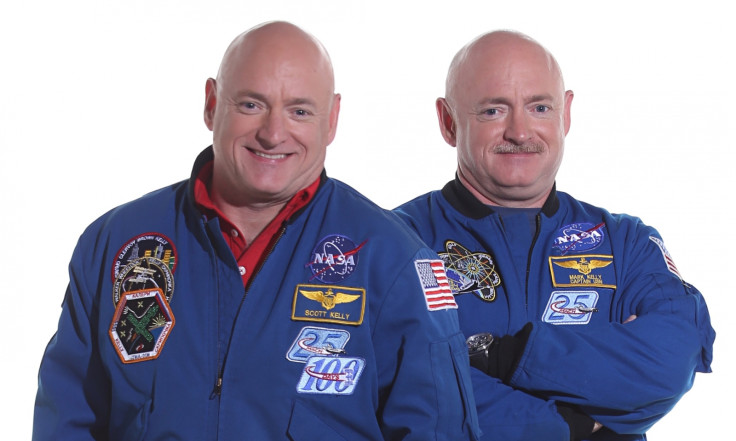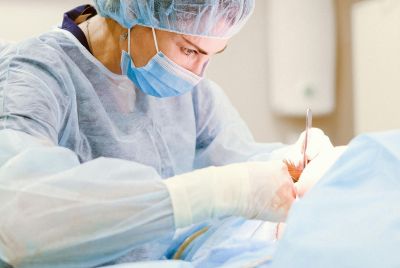Long journeys to Mars puts astronauts at greater risk of leukaemia
Prolonged exposure to radiation in space could affect astronauts' hematopoietic stem cells.

For decades, space agencies have been contemplating the possibility of sending humans to Mars. Beyond the technical challenges of such a mission, scientists want to get a better understanding of how deep space travel can alter the human body, before the journey commences.
Nasa's Human Research Programme has been trying for years to uncover the secrets of how the body functions in space and its potential risks.
Researchers are examining the effects of astronauts' isolation from their loved ones, exposure to radiation and the risk of cancer, consequences of a diet comprising predominantly freeze-dried food, infertility or muscle and bone deterioration.
Scott Kelly's year-long mission aboard the International Space Station was a key pillar of the programme's strategy to find out the effects of prolonged space travel and comparisons with his twin brother have already yielded interesting results.
Now, another team of scientists from the Wake Forest Institute for Regenerative Medicine, funded by Nasa, have conducted more basic research with human stem cells to measure the effects of deep space radiation. For the first time, they discovered the risk of leukaemia may be increased as a result of space travel.
Effect on stem cells
The aim of this study, published in the journal Leukaemia, was to test the direct effects of both simulated solar energetic particles and galactic cosmic rays on a specific type of human cells – the hematopoietic stem cells (or HSCs).
Although there are very few of these stem cells in the human body - they make up less than 0.1% of adults' bone marrow - they are important because they give rise to all other blood cells that play a role in transporting oxygen, fighting off infections, but also targeting malignant cells that can appear.
The team collected HSCs from healthy donors aged between 30 and 55 - the typical age range of astronauts. These cells were then exposed to the same kind of radiations they would be in deep space.
The scientists discovered that simulated deep space radiation was found to dramatically affect the health and function of the HSCs, significantly preventing them from producing mature, healthy blood cells.

"Radiation exposure at these levels was highly deleterious to HSC function, reducing their ability to produce almost all types of blood cells, often by 60-80%," said lead author Christopher Porada. "This could translate into a severely weakened immune system and anaemia during prolonged missions in deep space."
This could also significantly increase the likelihood of cancers, especially blood cancers like leukaemia. To find out more about this particular risk, the scientists then transplanted these cells into mice to test how they would function in the body.
Their worst suspicions were confirmed, as the mice developed a type of leukaemia known as T-cell acute lymphoblastic leukaemia.
"Our results show radiation exposure could potentially increase the risk of leukaemia in two ways," Porada concluded. "We found that genetic damage to HSCs directly led to leukaemia. Secondly, radiation also altered the ability of HSCs to generate T and B cells, types of white blood cells involved in fighting foreign 'invaders' like infections or tumour cells. This may reduce the ability of the astronaut's immune system to eliminate malignant cells that arise as a result of radiation-induced mutations."
The good news is that on top of studying the effects of radiation and space travel on astronauts' health, Nasa and the scientists working with the agency are also investigating solutions to make long journeys, such as the one to Mars, safer.
© Copyright IBTimes 2025. All rights reserved.




















